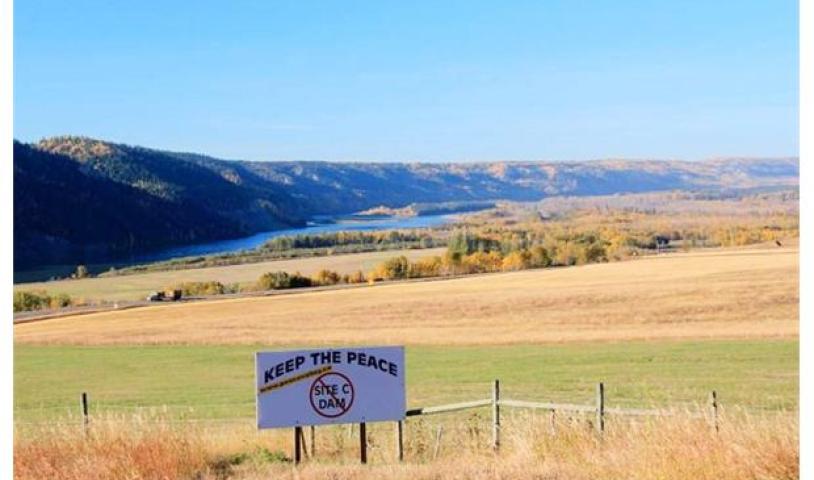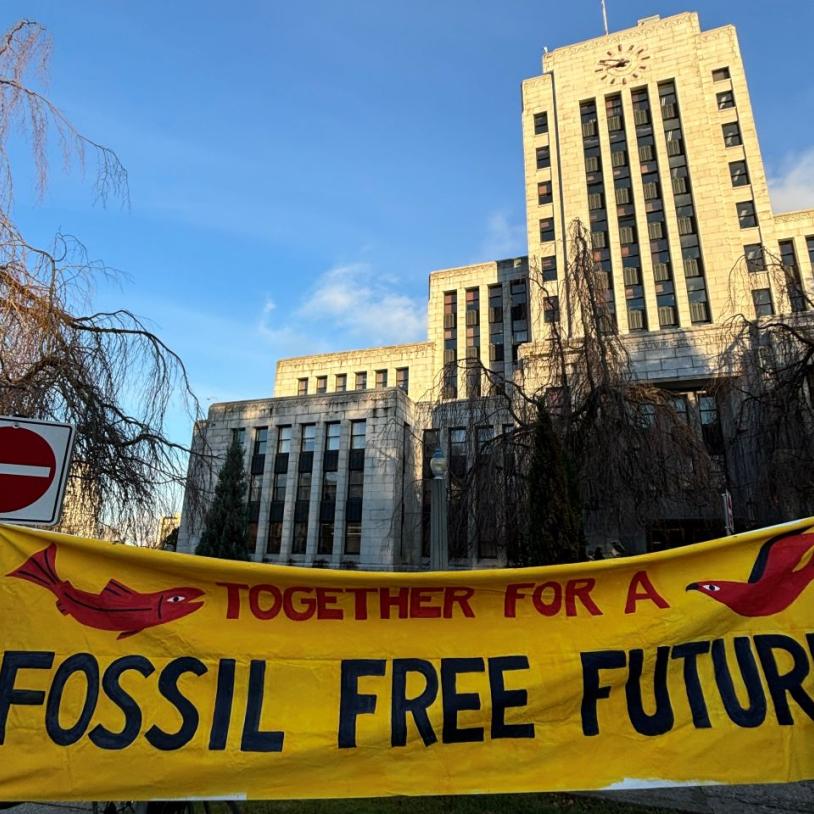Site C: Businesses cheer, environmentalists jeer
Tuesday, December 16, 2014
“It’s courageous and far-sighted of government to make this investment,” said Philip Hochstein, president
of the Independent Contractors and Business Association of B.C. “And really provides the base of economic development that we all need for job creation, and tax revenue to pay for doctors, nurses and teachers.”
Photo: The Site C project would flood an 83-kilometre stretch of the Peace River between Fort St. John and Hudson’s Hope, including First Nations lands, farms and an estimated 30 homes. Photograph by: Don Hoffmann





